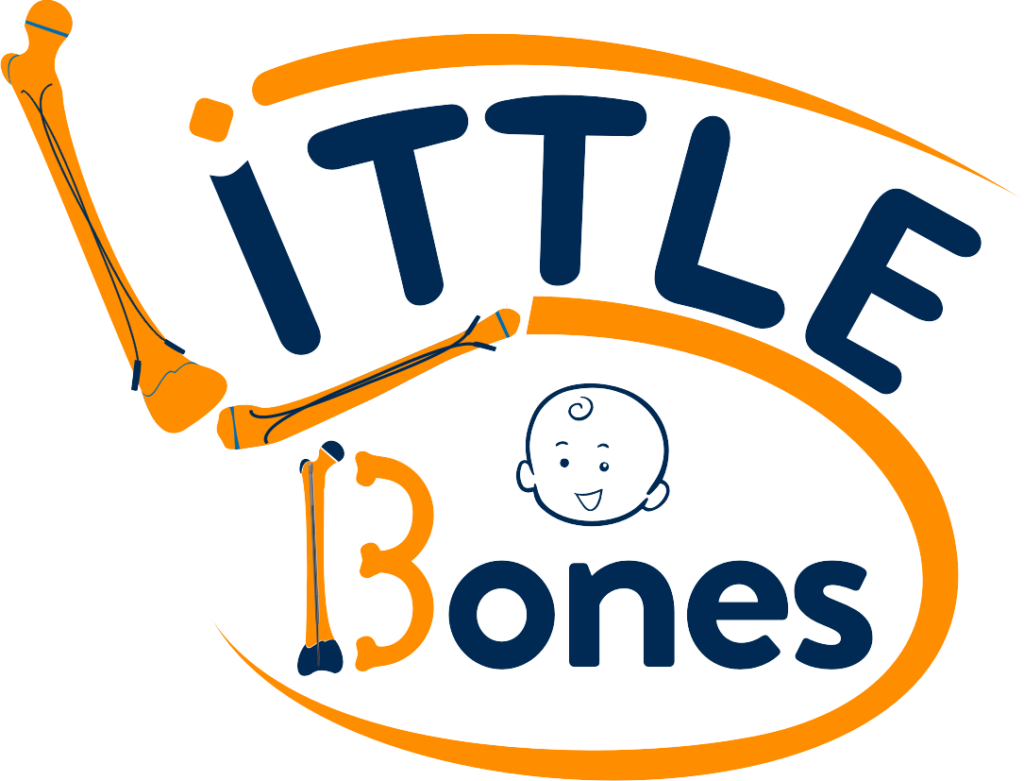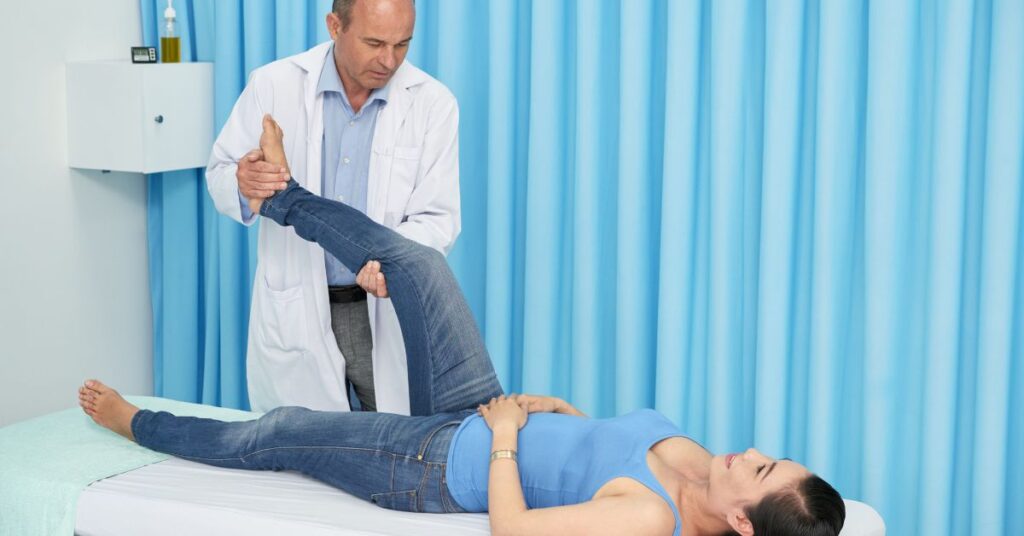Bow legs are often thought of being just aesthetic. However, it’s more than that for people who have the illness. Walking, climbing stairs, and standing for extended periods of time are examples of everyday tasks that might cause discomfort. This misalignment strains the knees and hips over time, causing discomfort and long-term joint degeneration. For individuals who are prepared to walk with greater comfort and balance, investigating bow legs treatment in Indore is a wise move.
Knowing the Causes of Bow Legs
Bow legs, or genu varum as they are medically called, can form later in life or in childhood as a result of vitamin D insufficiency, bone problems, or irregular development patterns. In adults, injuries or arthritis may also be the cause. Even when standing upright, the distance between the knees remains wider, causing an uneven distribution of body weight and causing joint strain.
Early management is crucial because, although the illness may not always be unpleasant at first, it frequently gets worse with time.
Treatment Types Accessible
Age, bone health, and the degree of bending advancement all affect the course of treatment. Typical methods include the following:
- Bracing (primarily for kids and teenagers)
- Physical treatment to enhance posture and build muscle
- nutritional assistance for healthy bones (particularly in cases involving vitamin D)
- In moderate to severe situations, osteotomy surgery is used to straighten the bones.
- Rehabilitation after therapy to increase strength and mobility
The goals of each therapy plan are to restore appropriate mobility, lessen discomfort, and improve leg alignment.
Bow legs don’t have to mean sacrificing comfort or self-assurance. Help is available—and effective—whether a toddler is exhibiting early symptoms or an adult is experiencing knee discomfort. Clinics providing bow legs treatment in Indore provide better alignment, less joint tension, and more fluid, natural mobility with individualized programs and skilled care.
The way someone walks shouldn’t be a hindrance. What starts out as a slight curvature in the legs can develop into a stronger, more confident journey with the correct direction and prompt care.

